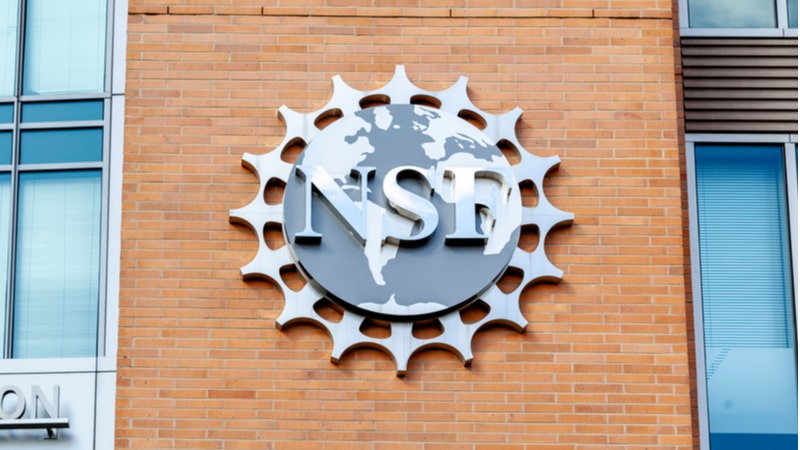
The National Science Foundation (NSF) on Wednesday unveiled a new effort to assess the agency’s grant proposals for potential national security risks.
The Trusted Research Using Safeguards and Transparency (TRUST) framework is a new risk mitigation process that will help safeguard U.S. taxpayer investments in research and innovation while strengthening international collaboration, according to NSF.
The agency will begin piloting the new TRUST framework in fiscal year 2025 on proposals related to quantum science.
“This framework represents a major step in pivoting from a compliance culture to a research security culture,” said NSF Chief of Research Security Strategy and Policy Rebecca Keiser. “But we cannot continue to lead the world in science and innovation if we are fixated on achieving zero risk related to research security. We must be bold and invest in science here at home while continuing to encourage principled, mutually beneficial international collaboration.”
“NSF will work collaboratively with the research community, industry, individual researchers and our partners in the U.S. government to identify, understand and address the potential risks so researchers can continue to do their work,” she added.
The TRUST framework – which was required by the CHIPS and Science Act of 2022 – includes three branches.
The first focuses on assessing active personnel appointments and positions, while the second focuses on identifying instances of noncompliance with disclosure and other requirements.
The third branch – the inclusion of potential foreseeable national security considerations – “represents a significant new effort for NSF,” the agency said.
“The framework is designed to avoid curtailing beneficial research activities due to institutions or individuals in the community being overly cautious, protect the agency’s core values of fairness and due process and maintain open lines of communication with the research community,” NSF said.
NSF said the TRUST process will be rolled out in three phases, beginning as a pilot for quantum-related proposals in fiscal year 2025. The pilot will collect data and assess key metrics, monitor the impact on NSF directorates and build and evaluate NSF’s ability to review the potential national security applications of NSF-funded technology.
In the second phase, lessons learned from the pilot phase will be implemented and the process will be expanded to include other key technology areas. In phase three, NSF will scale up the review process to include all key technology areas.
